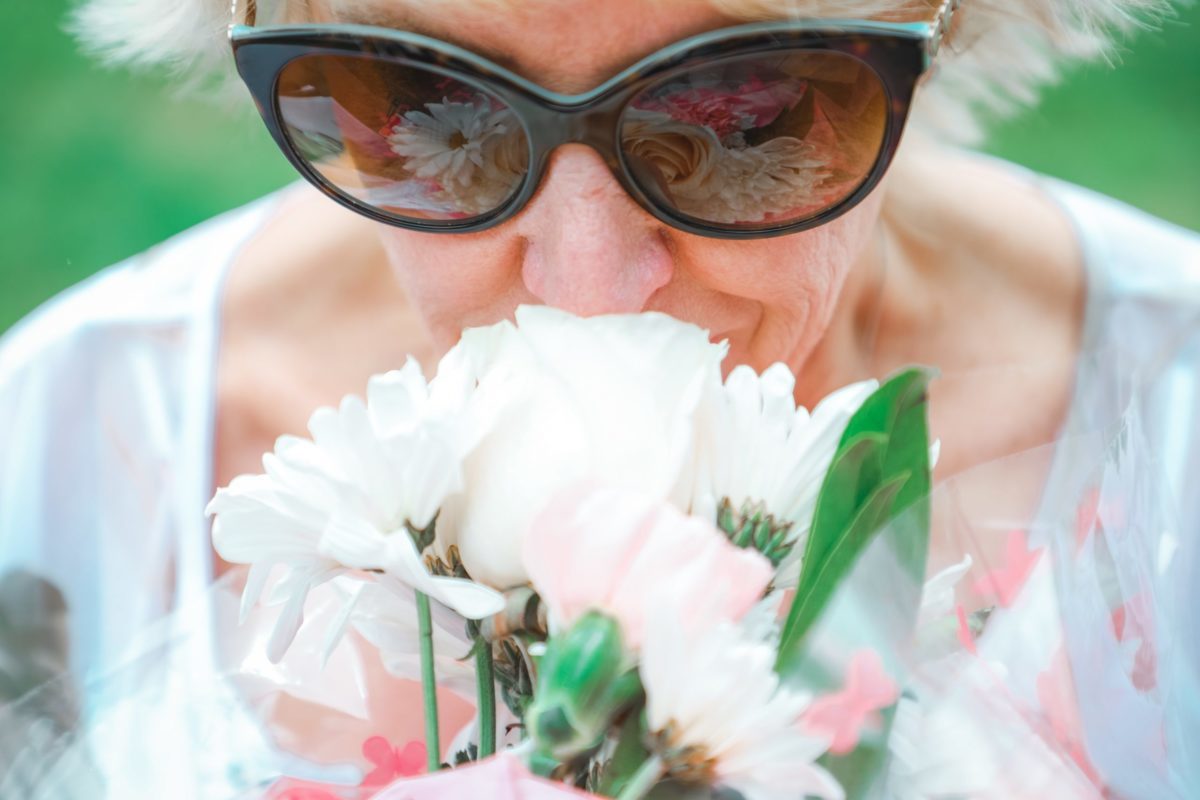Making Space for Gratitude

What is Gratitude?
What makes your gratitude list? Is it the first foamy sip of a mid-afternoon latte held between numb fingers? The feeling of leaning into a good stretch after a vigorous workout? Or, the taste of creamy pasta over dinner with a friend?
We often think of gratitude as thankfulness but there’s a lot more to it. The effects of gratitude have been reinforced by world class researchers. So if it’s more than just saying “thank you” what is it exactly? Gratitude is hard to define because it takes different forms; we feel it spontaneously. Gratitude is a social emotion that pays itself forward and it feels good even if it is not reciprocated by others. Not only does gratitude feel good but it has amazing health benefits. Individuals who count their blessings tend to be happier, less anxious, and less depressed.

How to Cultivate Gratitude
A good place to start is by writing down a few things you are grateful for each day. Your gratitude practice will put you in the right place to set an intention. Some people like to start or end their day with a gratitude practice and others do it in the middle of the day to stay positive and on track. Regardless of when you choose to do this, it can help you refocus on the optimistic things in your life instead of what’s missing. It’s an effective way to feel joy and connection during the trials of the substance recovery journey.
Side Effects of Gratitude
Not only does gratitude invoke positive feelings but it has lasting effects on the mind and body. Studies show that people who engage with gratitude feel less pain, less stress, and suffer less insomnia. They have stronger immune systems, have healthier relationships, and perform better in their professional lives. Gratitude reduces the risk of depression. One study highlighted that being actively grateful improved the mental resilience of a group of older adults. It is also known to reduce inflammation as individuals are more motivated to make conscious healthy decisions with their food and lifestyle choices. Gratitude is self-reinforcing and has even stronger effects at week 4 and week 12 of the practice, so we encourage you to stick with it. Brain scans have revealed that there are lasting changes in the prefrontal cortex. These changes heighten sensitivity to future gratitude practices and experiences.

The Research
Studies have shown that the effects are powerful and lasting effects. One study at the Wharton School randomly divided university fundraisers into two groups. The first group made calls to solicit alumni donations as usual. The second group attended a talk from the Director of Annual Giving where they were thanked for their efforts. The second group made 50% more calls than the group who was not thanked. The study is one of many research endeavours which illustrate how gratitude can improve mood, focus perspective, enhance meaning, and foster personal connection.

Gratitude can be observed in the simplest things and once you start to notice the things that you are grateful for, they pop up all over the place. When a child looks at nature more closely, say a tree, the ordinary becomes significant. They take in all the details. Gratitude also increases our awareness and connection to the present moment. In the uneasy time of a pandemic we have little control over external events. It may also feel like we have little control over our emotions but gratitude gives us agency and feelings of joy.
We often think of kindness as how we impact another person, or how we are affected by someone else but kindness can also be about how we treat ourselves. We have shared the many benefits of implementing gratitude and intention setting into your day to day routine. It’s time to Write and Release. If journalling isn’t a part of your routine, why not try it out? Write down three things you’re grateful for and an intention for today. Watch as your gratitude practice changes your self-compassion. You can monitor your moods and energy levels to see how gratitude affects you and to reinforce the practice.

Access the ALAViDA TRAiL app.